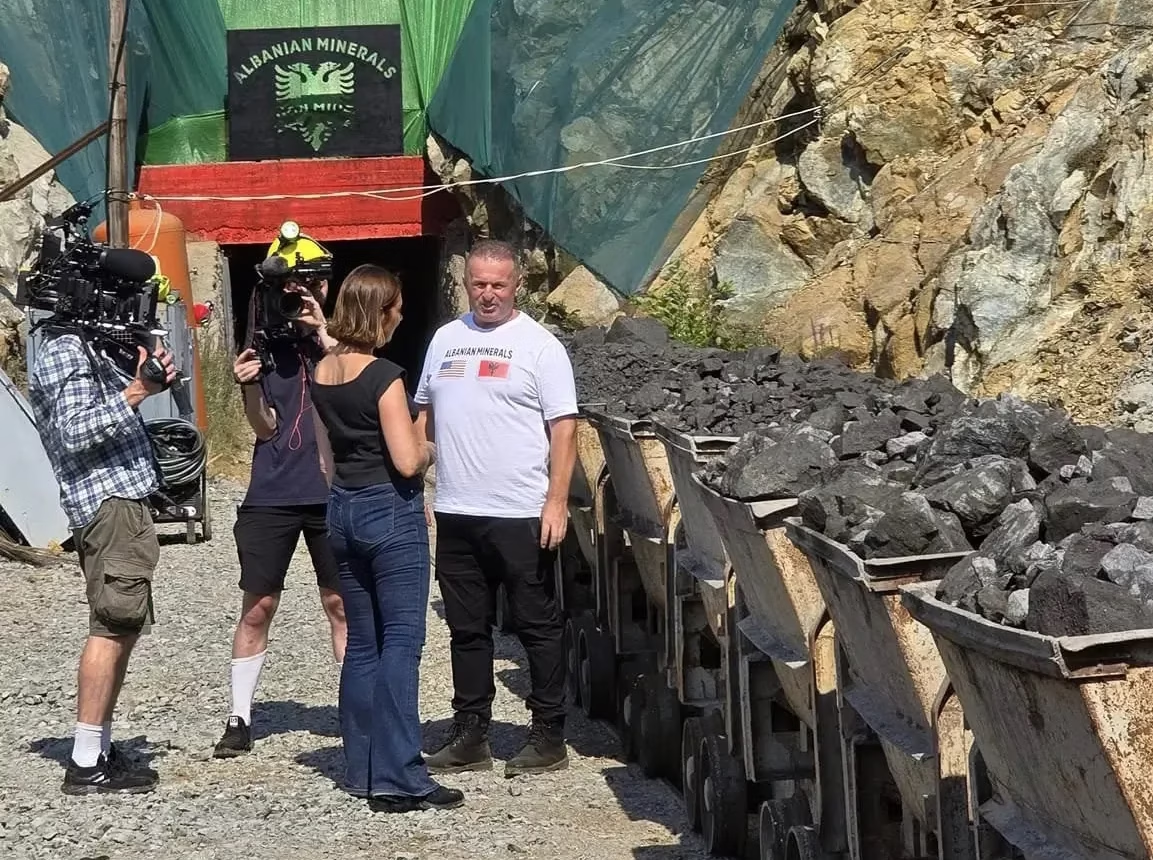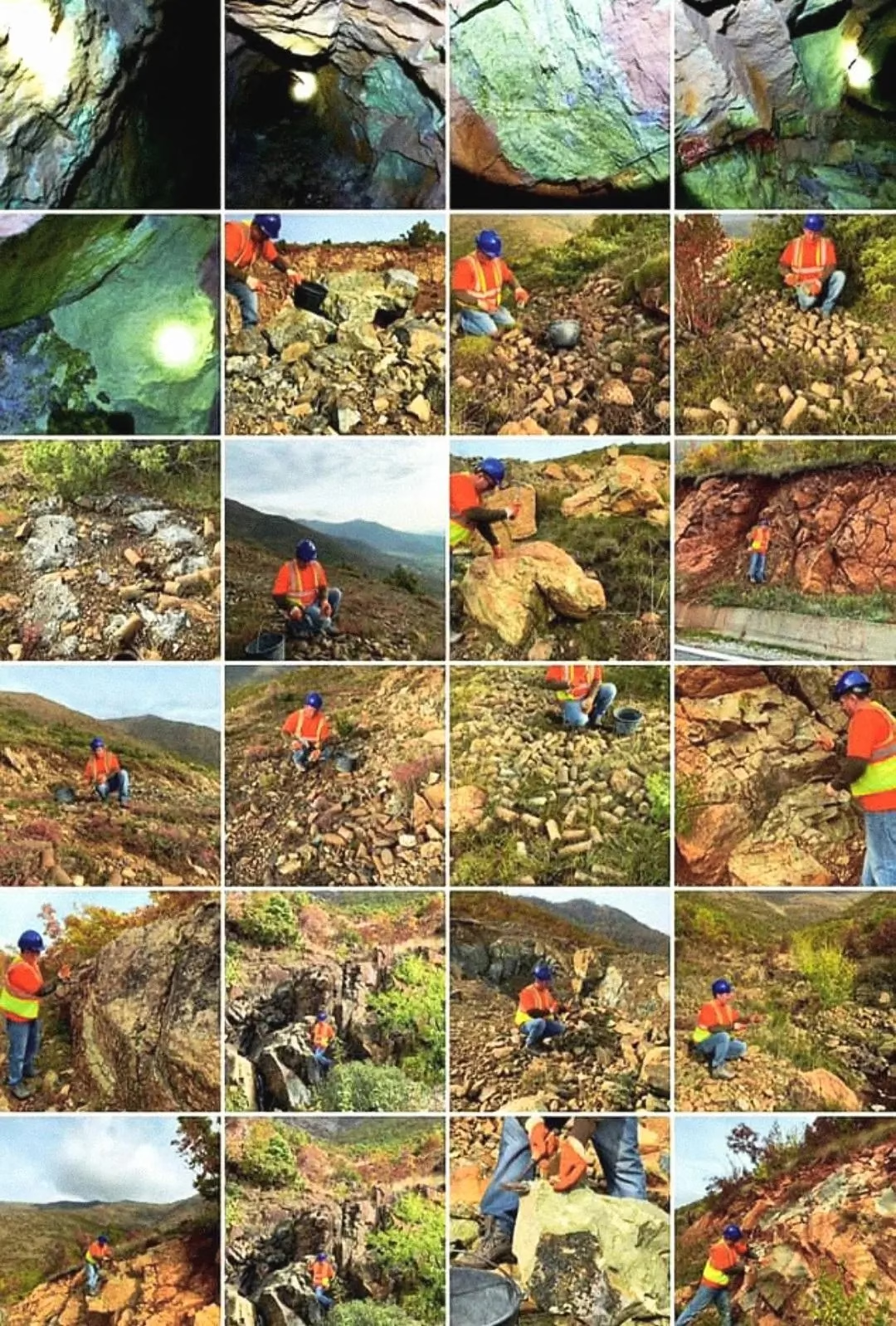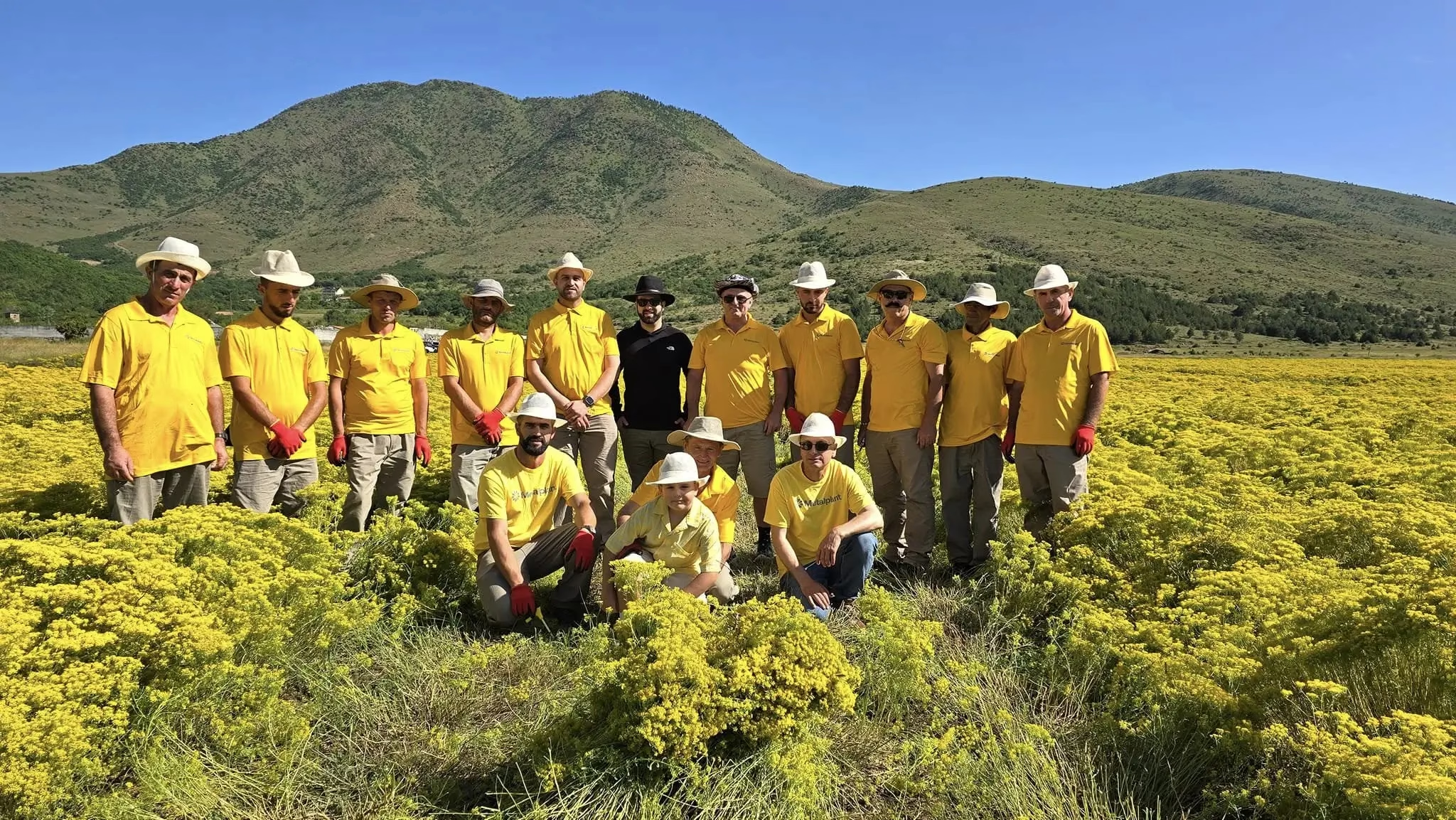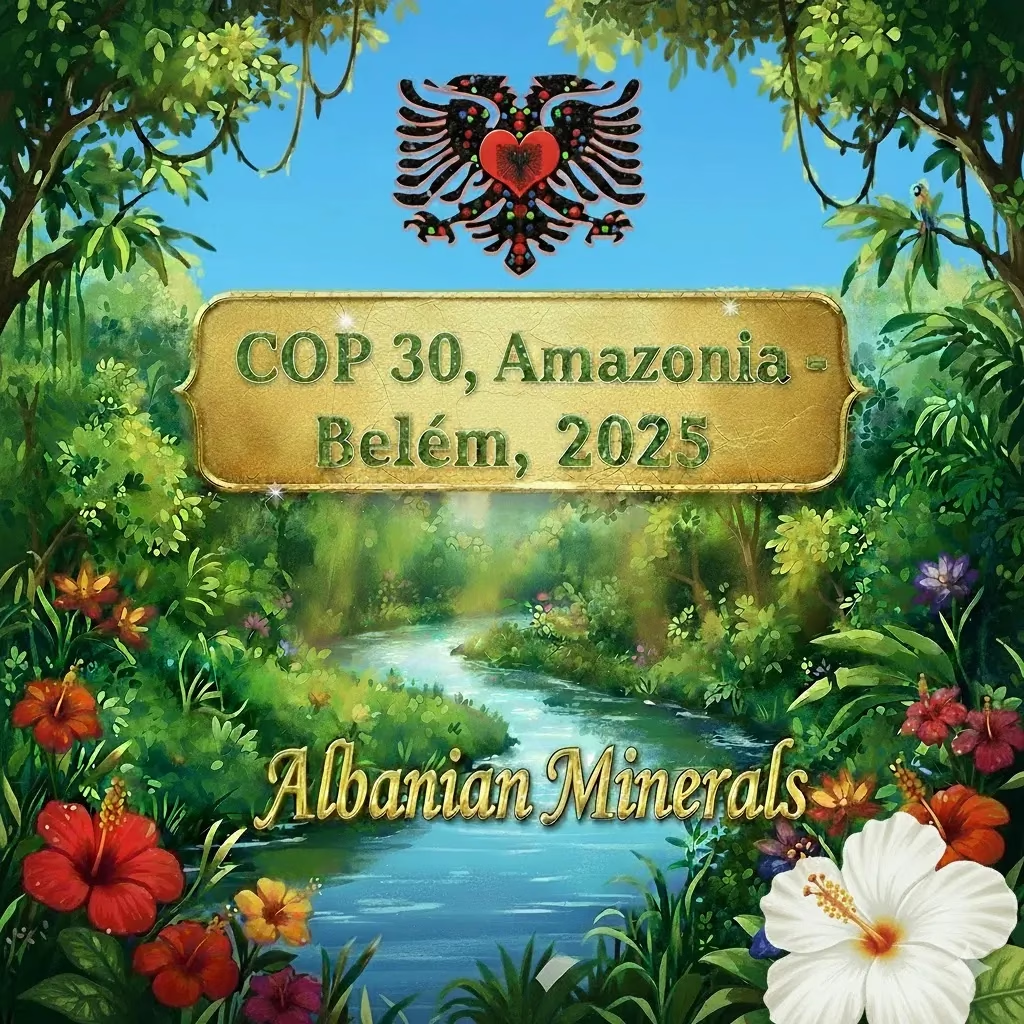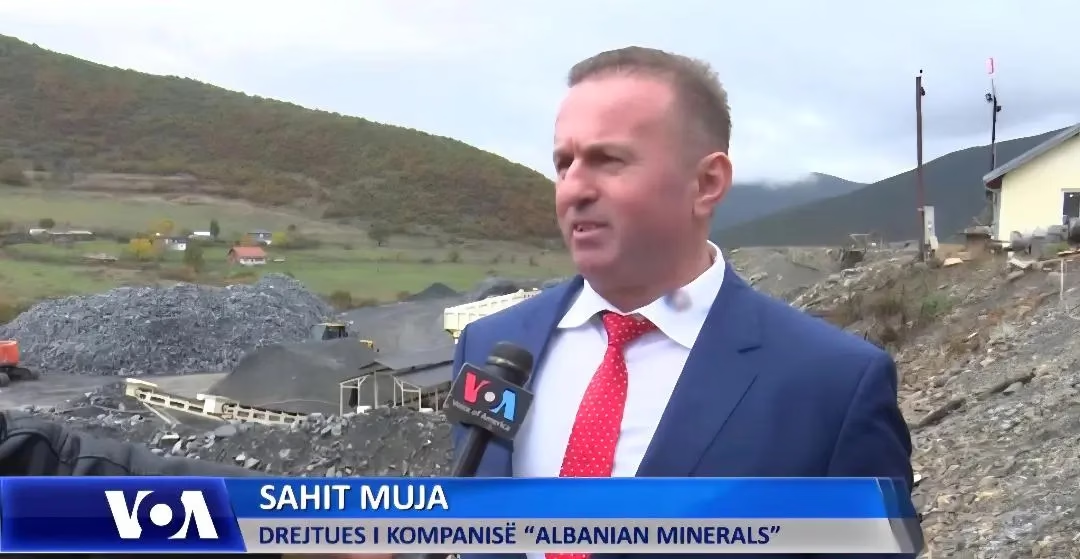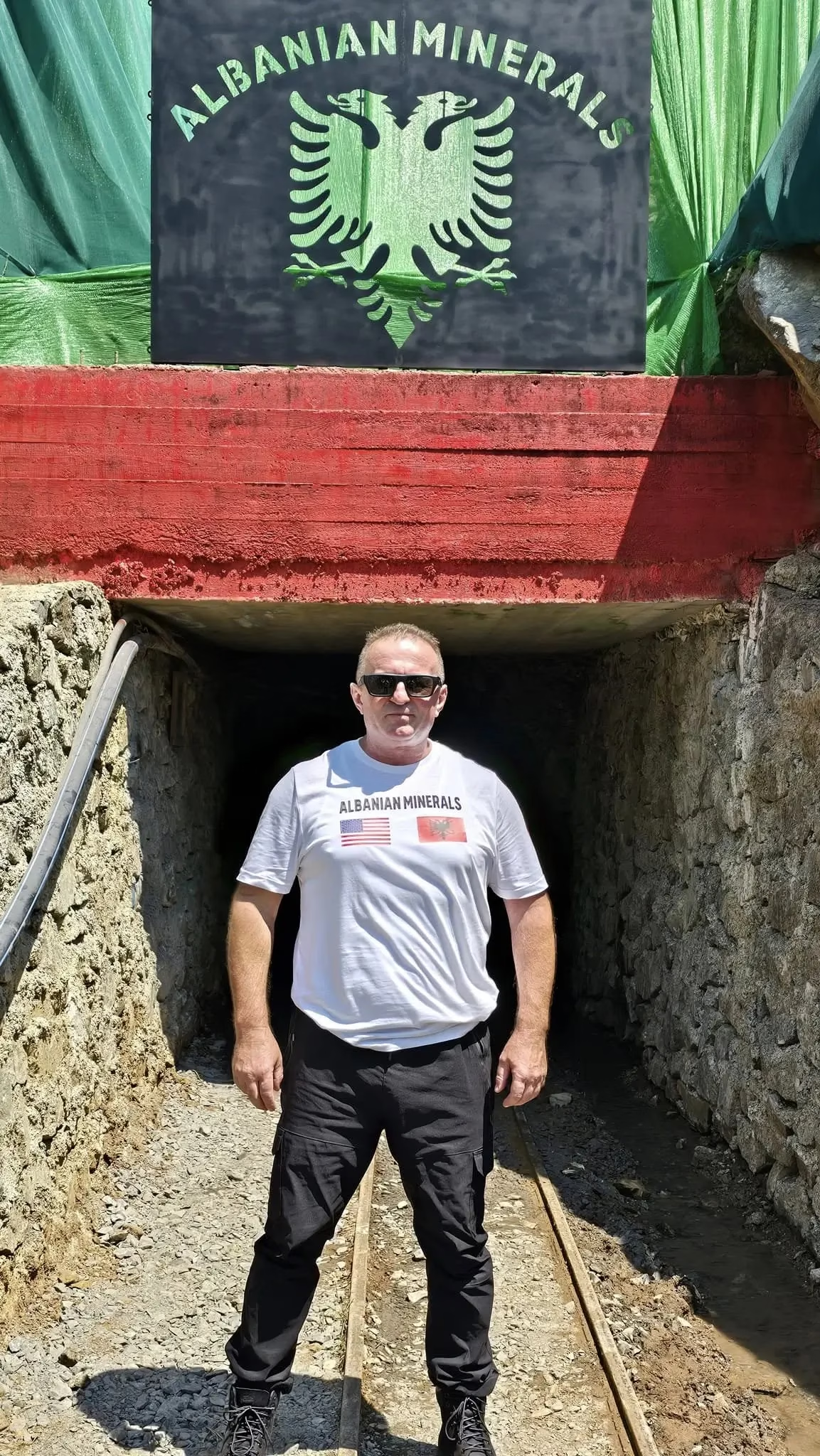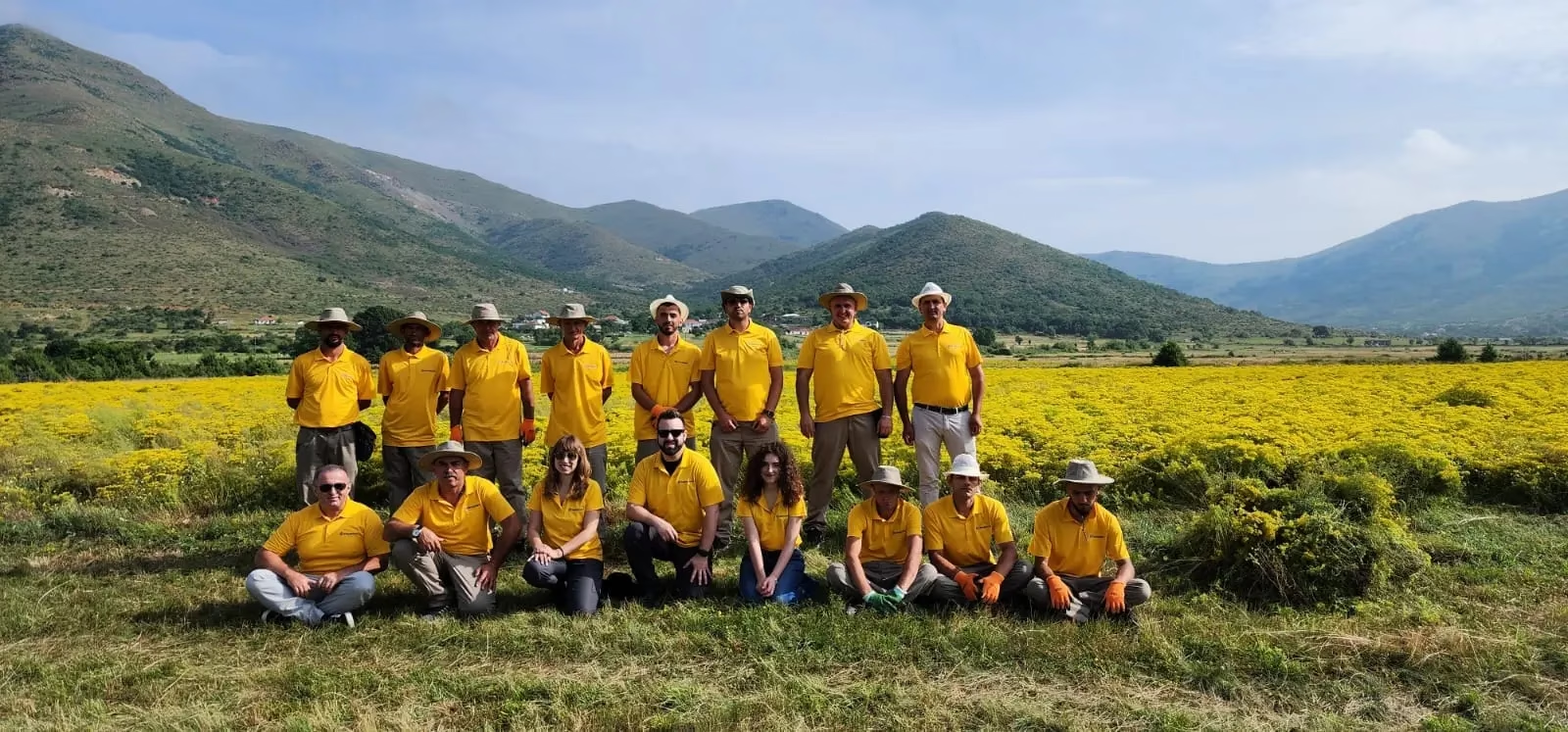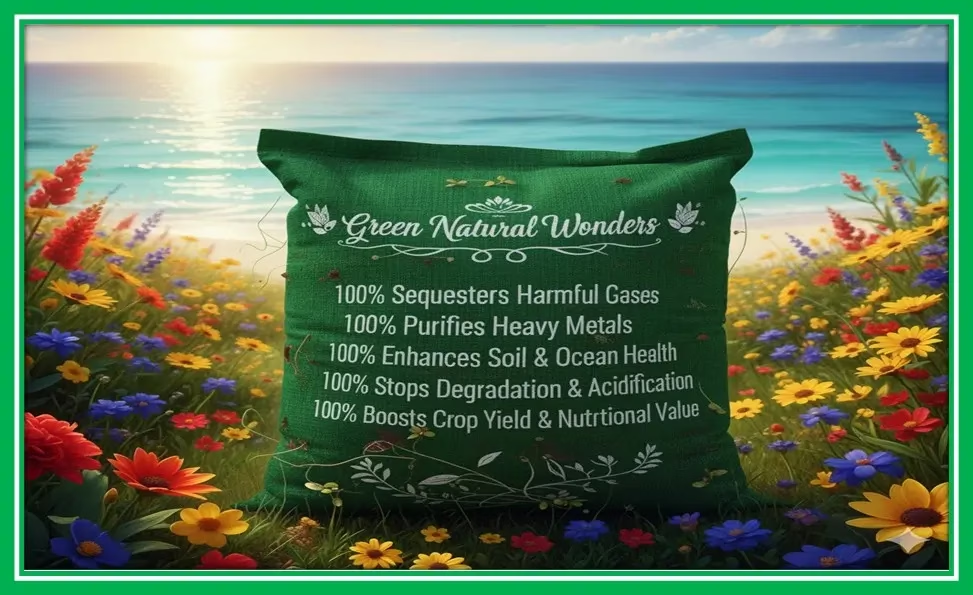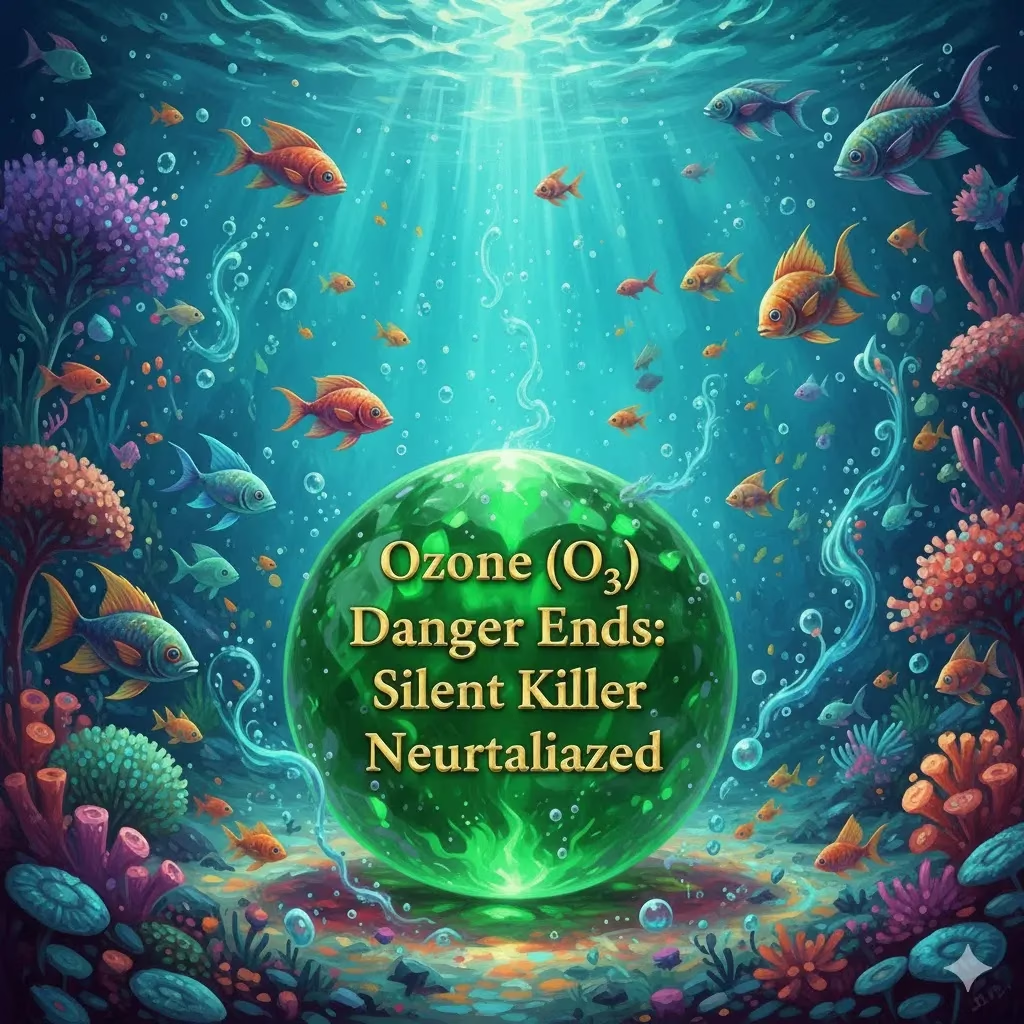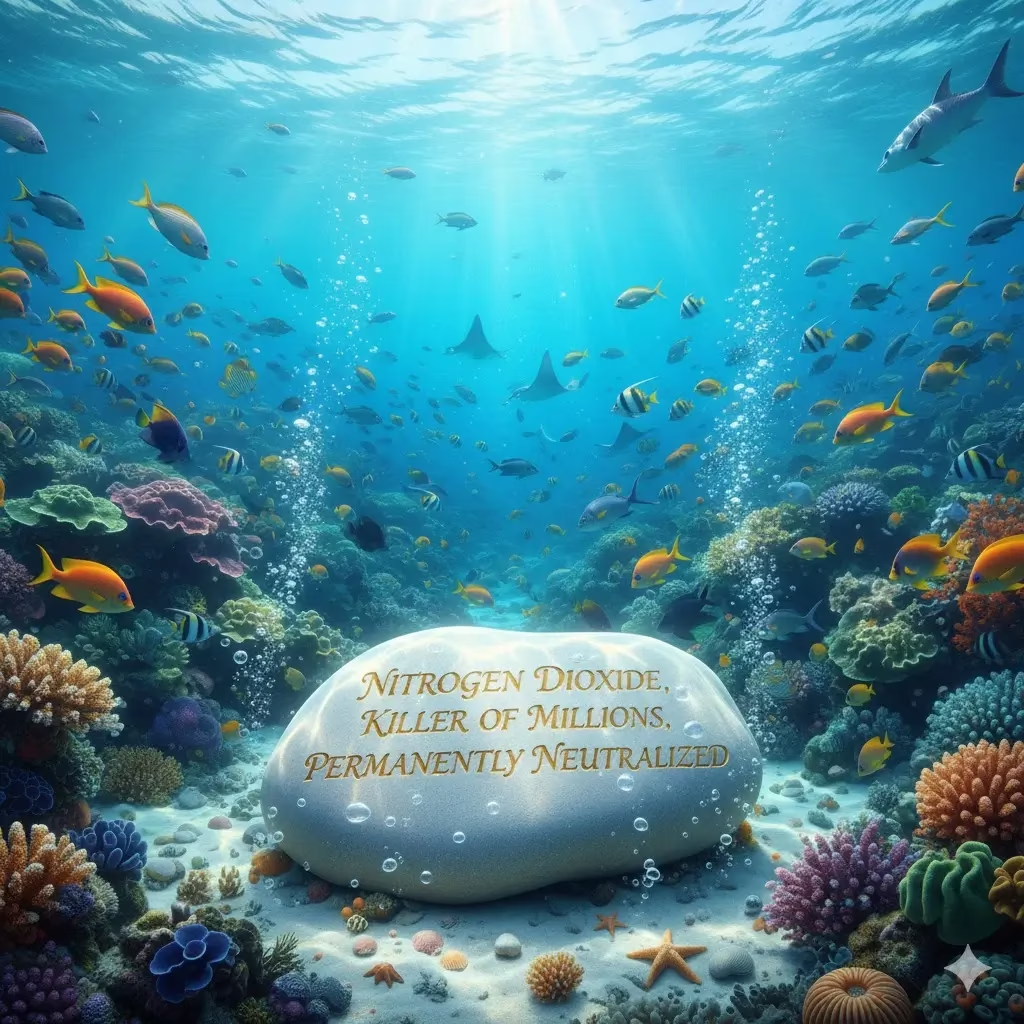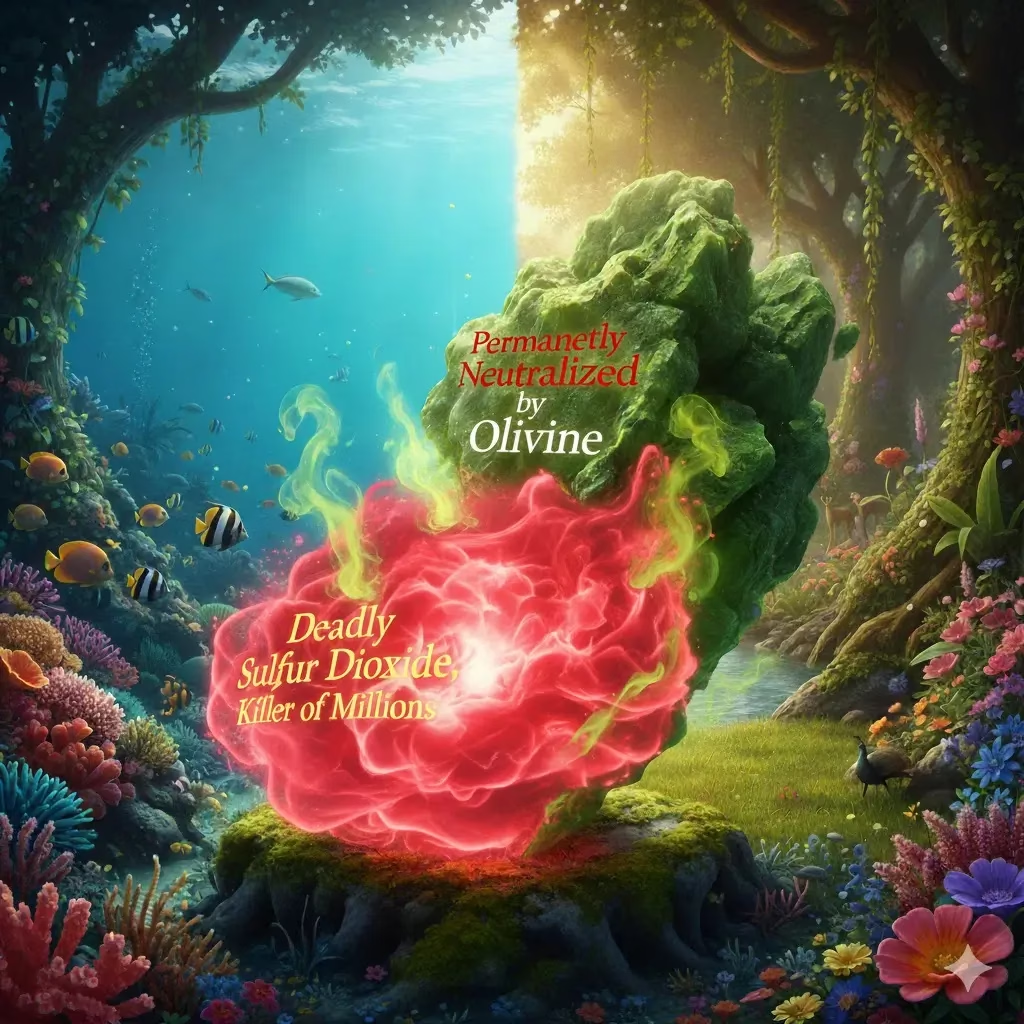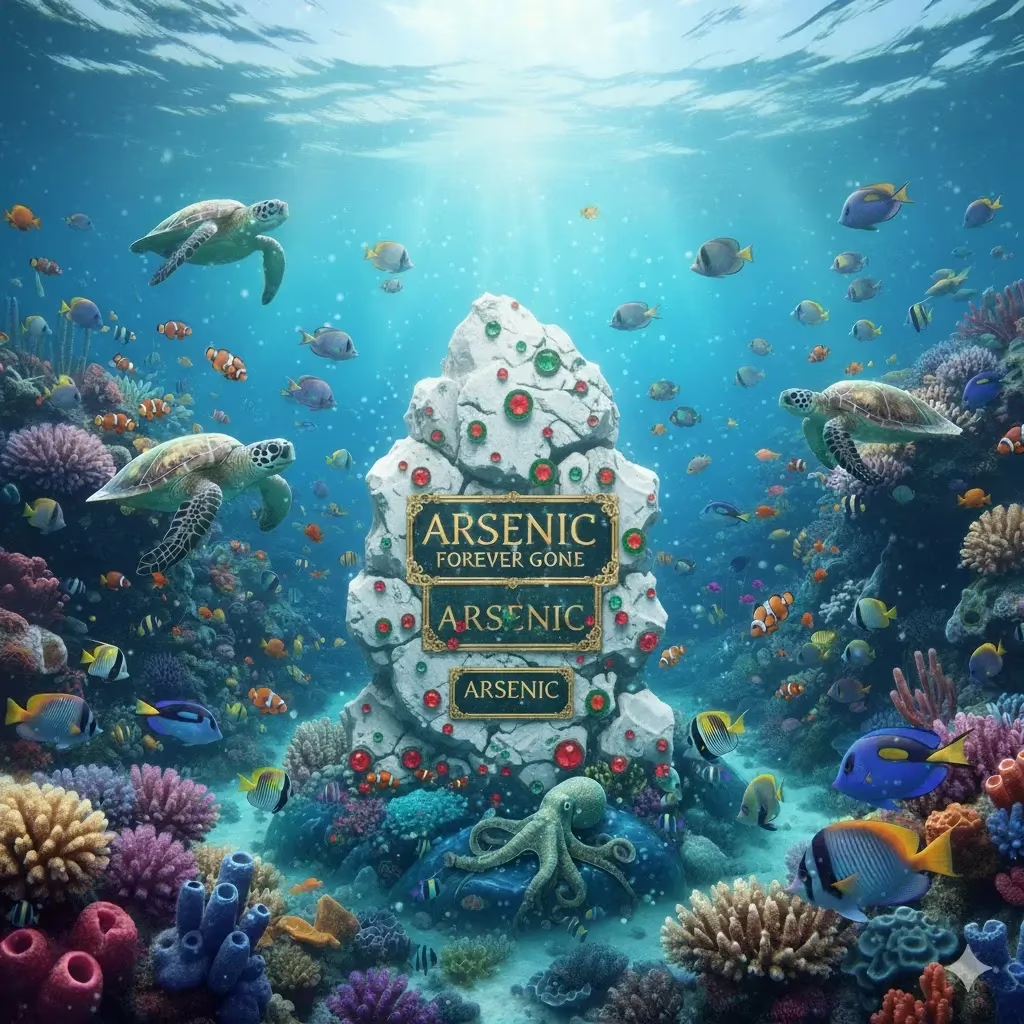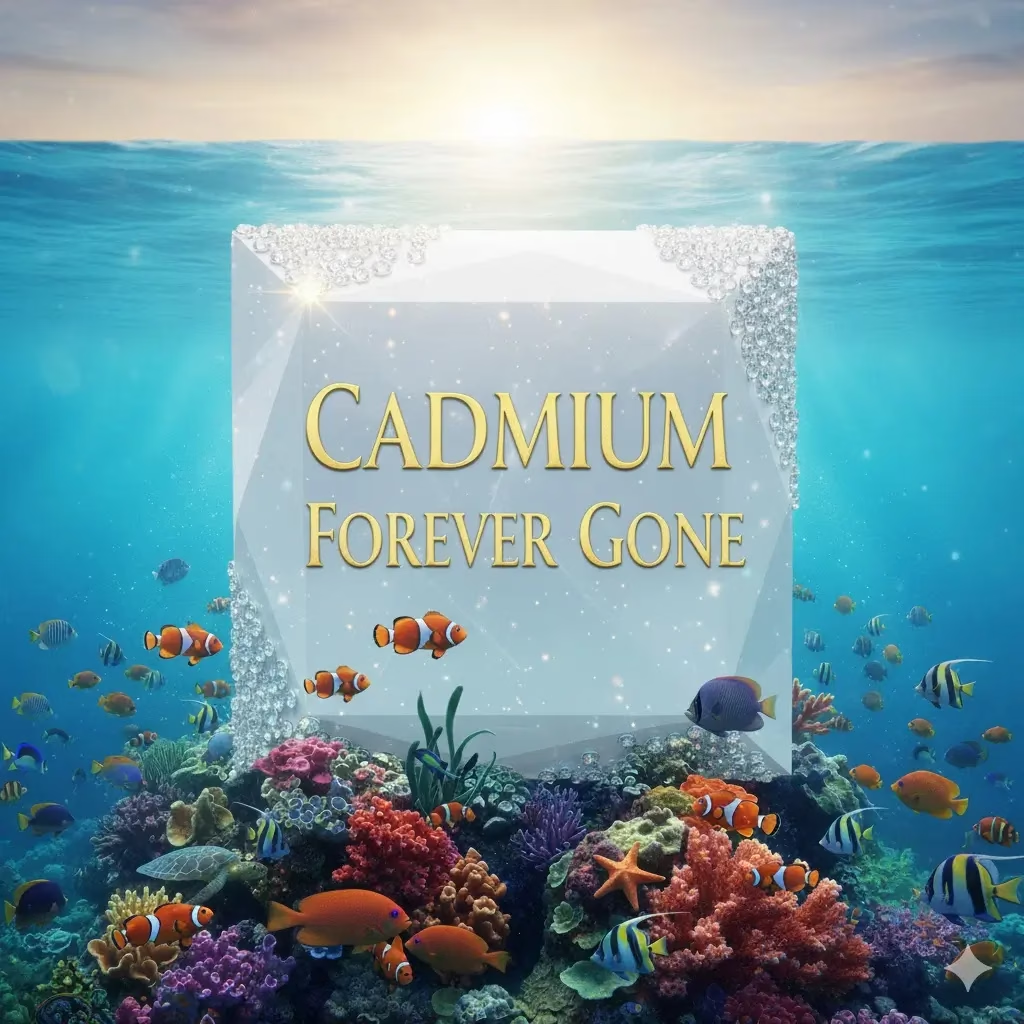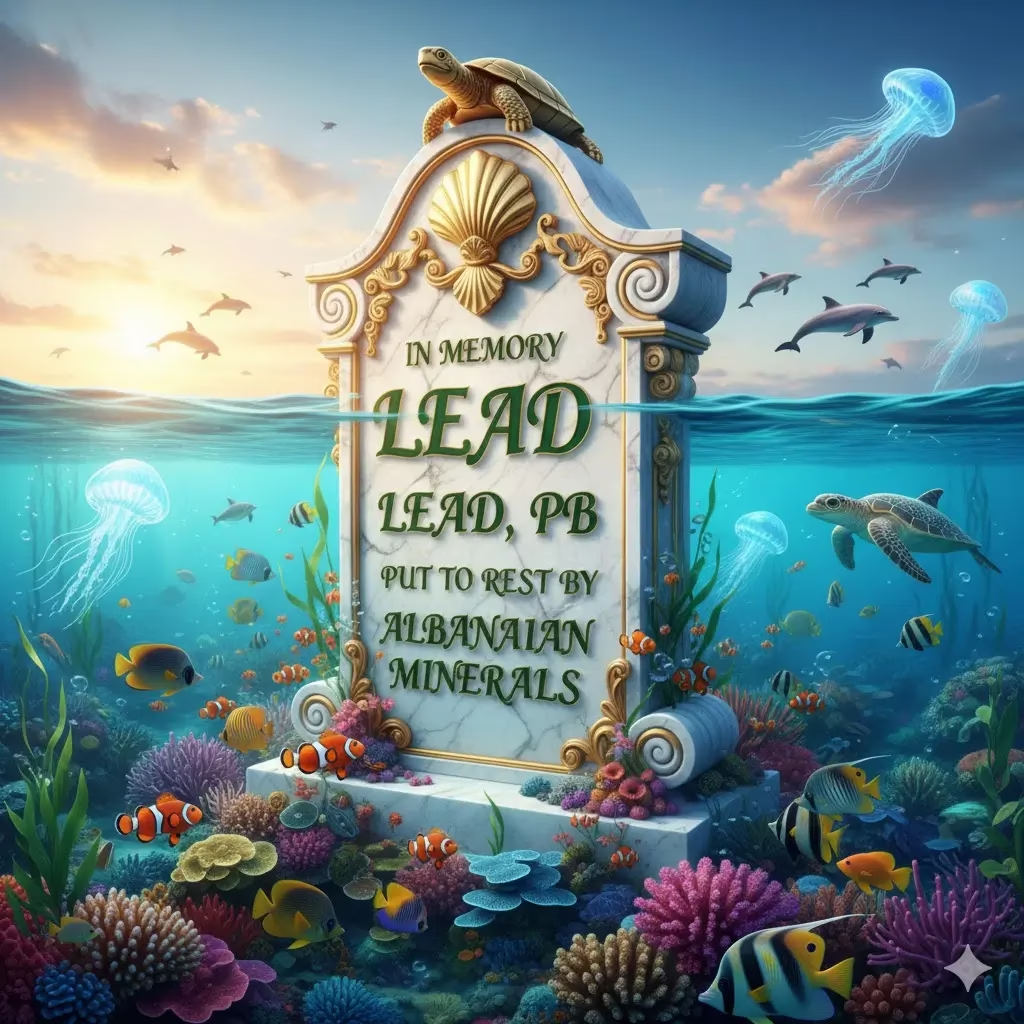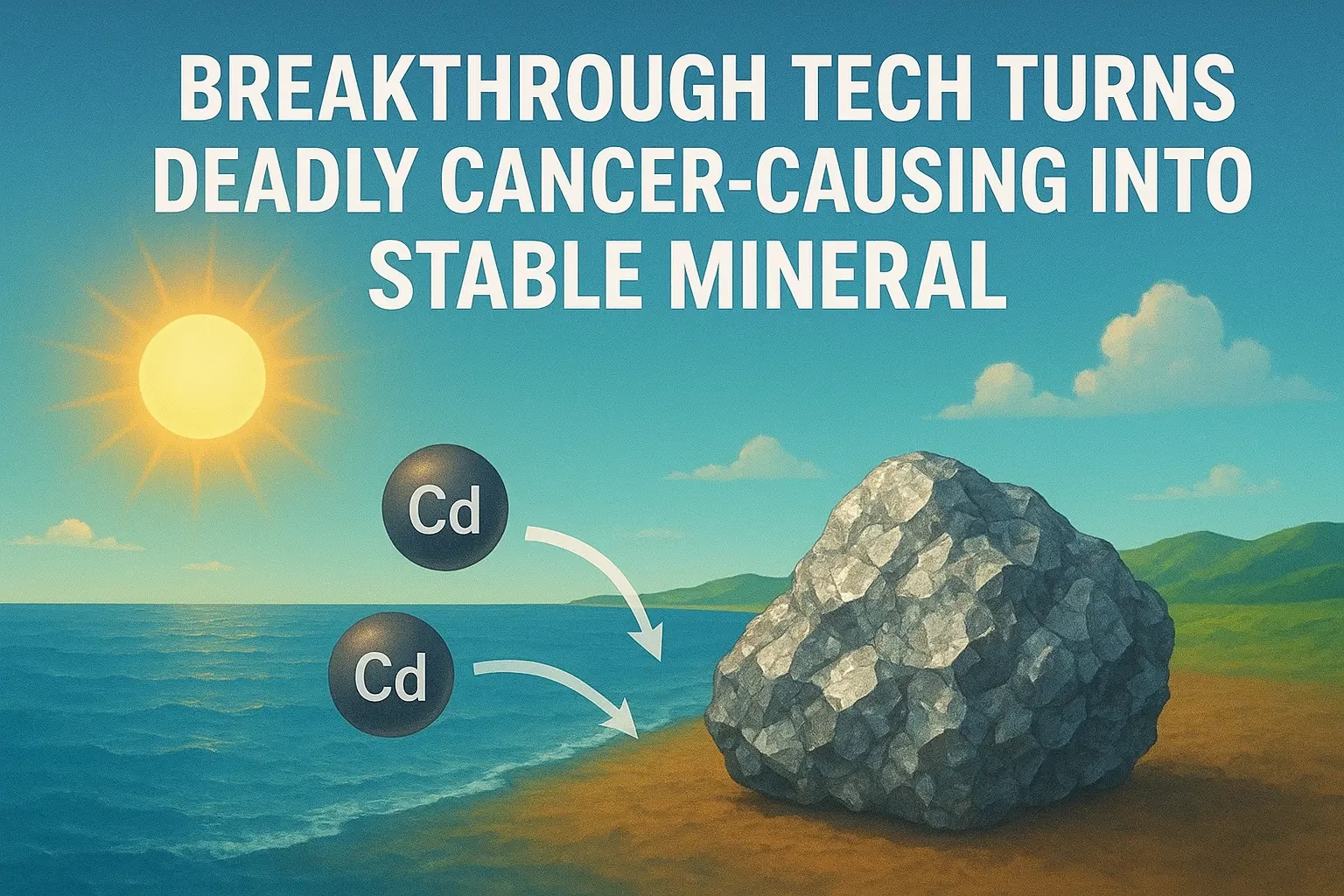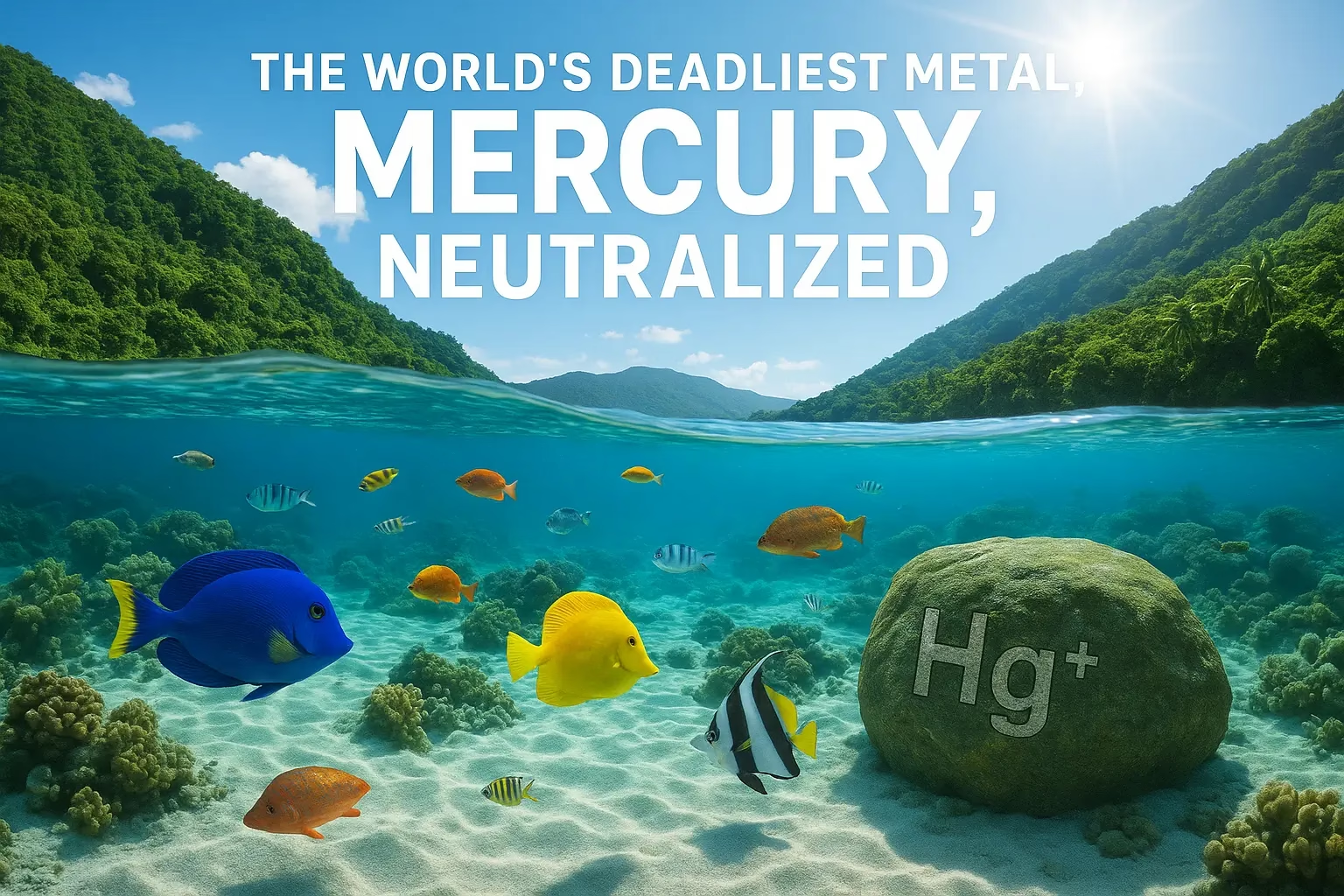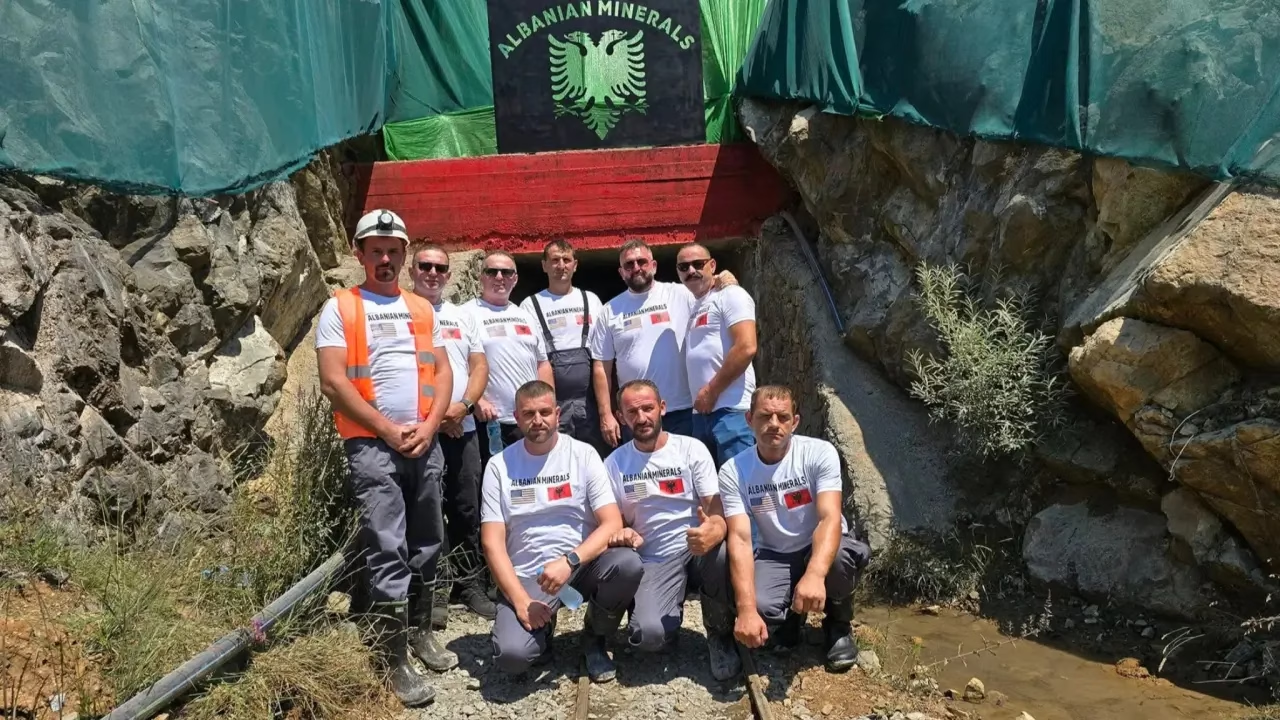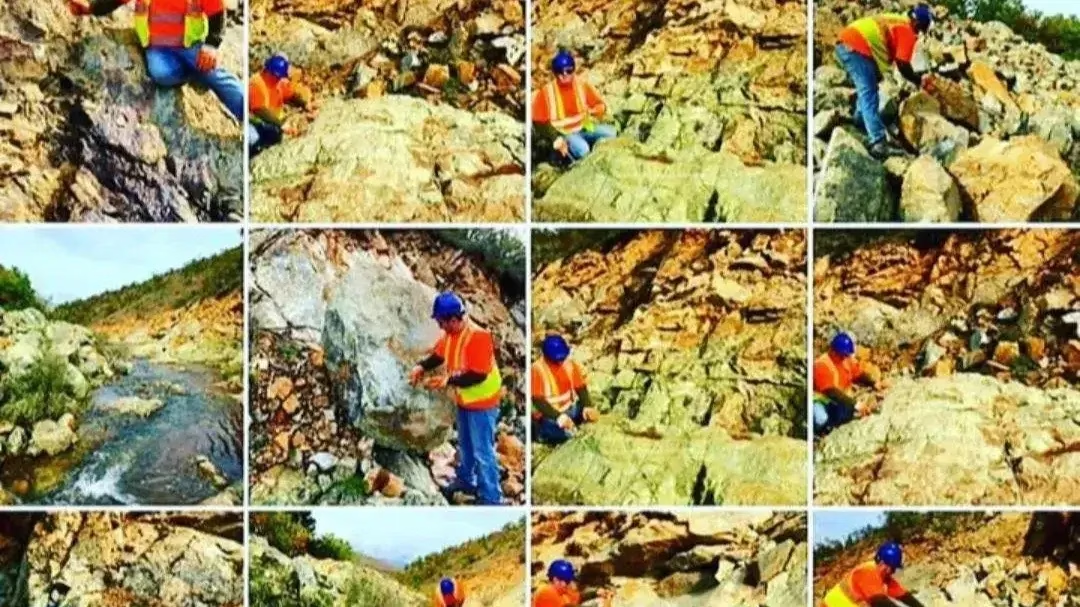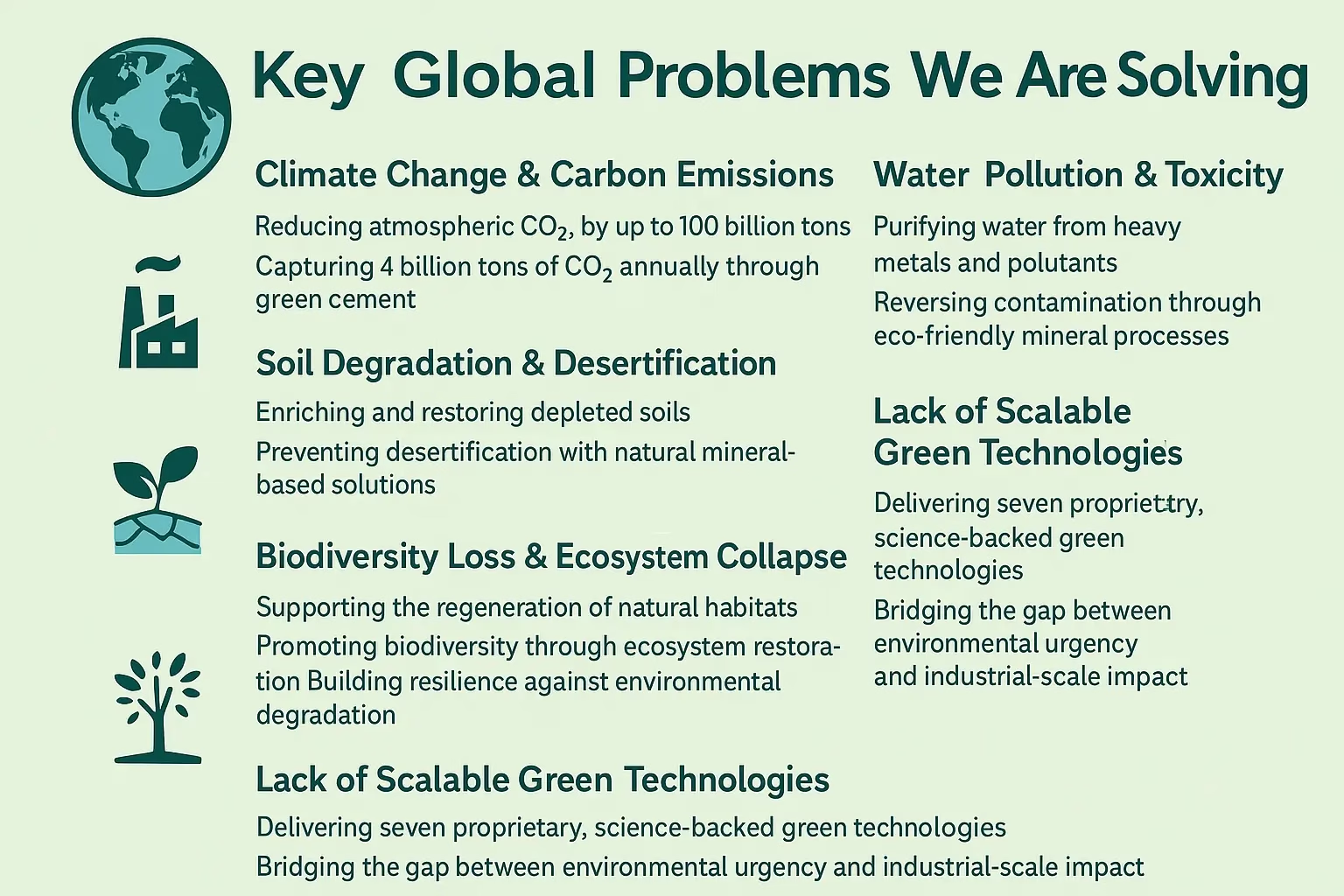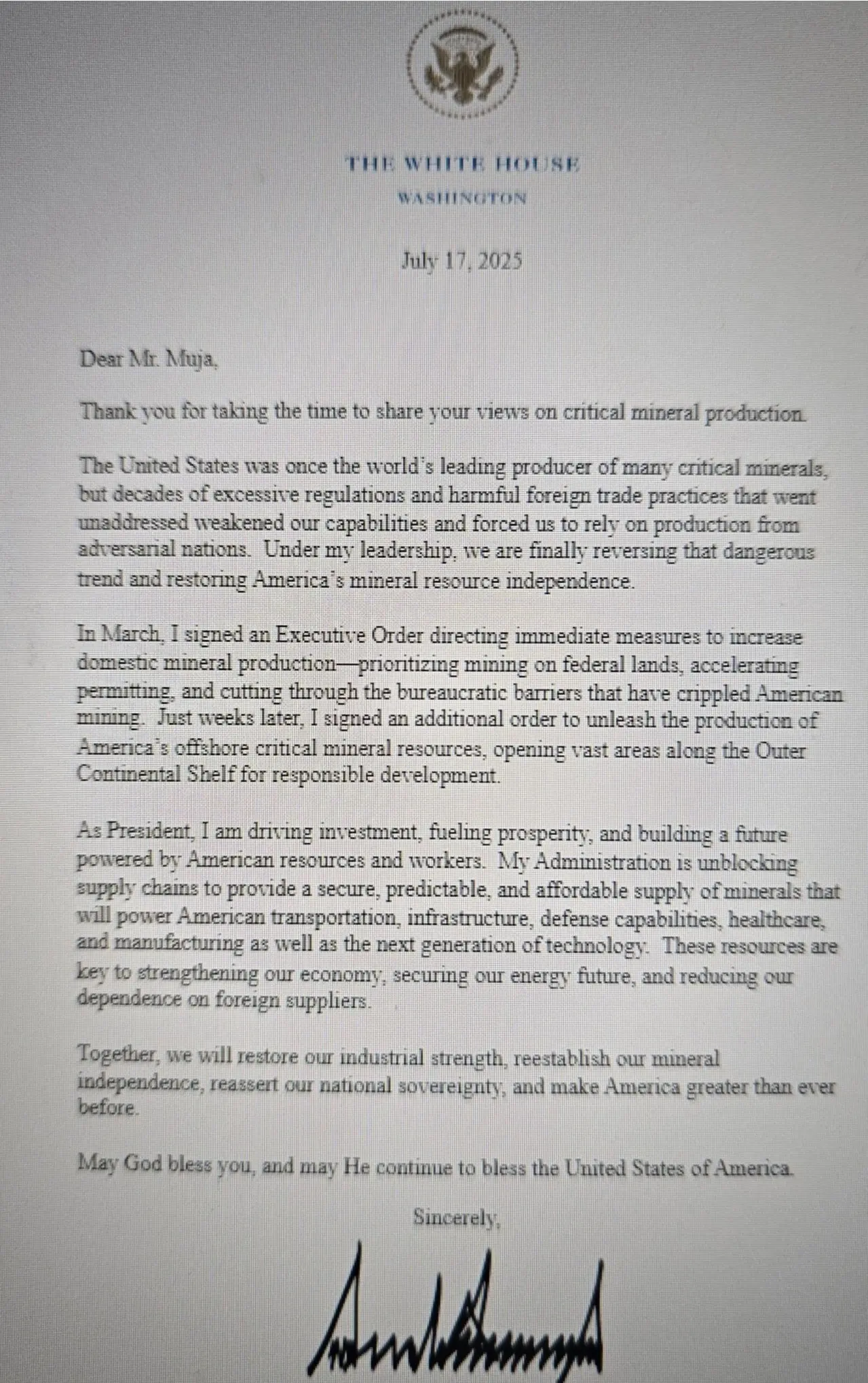
Olivine, the ancient green gem born from Earth’s fiery core, holds extraordinary power to tackle five of the world’s greatest environmental crises. From capturing and permanently storing carbon dioxide to neutralizing a spectrum of deadly heavy metals, including lead, cadmium, chromium, mercury, copper, nickel, zinc, arsenic, and uranium, olivine acts as a natural guardian of air, water, and soil purity.
This remarkable mineral replenishes vital nutrients such as magnesium, iron, and silicon, fostering vibrant ecosystems and healthier crops. By balancing acidity in soils and oceans, olivine restores harmony to fragile environments, supporting biodiversity and enhancing ecosystem resilience. Albanian Minerals, steward of the world’s largest premium olivine reserves, pioneers innovative, sustainable technologies that unlock olivine’s transformative potential, ushering in a green revolution that promises to heal our planet and inspire a future of harmony between humanity and nature.
Nickel is a metal critical to the modern economy. It is essential in stainless steel production, batteries for electric vehicles, aerospace components, and many clean energy technologies that will power our future. But as we demand more nickel to fuel these industries, a serious and often overlooked problem grows in the environment, nickel pollution.
From mining waste to industrial runoff, from contaminated soils to polluted waterways, nickel pollution is a threat that affects ecosystems, agriculture, and human health on a global scale.
Why Nickel Pollution Is Dangerous
The core problem lies with the form of nickel that dissolves in water: the nickel ion (Ni²⁺).
This soluble nickel ion is:
Highly mobile: It moves easily through soil and water, spreading contamination.
Toxic: It damages aquatic life, inhibits plant growth, and disrupts microbial communities essential for healthy soil.
Harmful to human health: Exposure to nickel causes allergic reactions, respiratory problems, and has been classified as a carcinogen by the International Agency for Research on Cancer (IARC).
Nickel pollution often co-occurs with acidic conditions caused by mining activities, where low pH increases nickel mobility and toxicity.
Contaminated land reduces agricultural productivity, poisons food chains, and requires costly remediation efforts.
Sources of Nickel Pollution
Key contributors include:
Mining and mineral processing: Tailings and waste dumps release nickel-rich acidic water.
Industrial wastewater: Electroplating, battery manufacturing, and metalworking discharge nickel-laden effluents.
Combustion and atmospheric deposition: Fossil fuel burning and waste incineration add nickel to soil and air.
Improper disposal of nickel-containing products: Electronic waste and batteries leach nickel over time.
The scale of contamination is vast , millions of hectares of land and kilometers of waterways worldwide are affected.
The Challenge of Remediation
Traditional methods to remove nickel from polluted soil and water often involve chemicals that can be expensive, temporary, or cause further environmental damage.
What we need is a natural, affordable, and scalable solution that works with nature’s own processes to restore health and balance.
Olivine: Nature’s Answer to Nickel Pollution
Olivine, a green magnesium-iron silicate mineral (Mg,Fe)2SiO4(Mg,Fe)_2SiO_4(Mg,Fe)2SiO4, is abundant in the Earth’s mantle and available in large deposits worldwide.
When olivine comes into contact with water, it undergoes a natural weathering process that can be harnessed to clean nickel pollution effectively.
The Chemistry Behind Olivine’s Power
The process occurs in several key steps:
Step 1: Olivine Dissolution and pH Neutralization
Olivine reacts with hydrogen ions (acid) in water according to the formula:
(Mg,Fe)2SiO4+4H+→2(Mg2+,Fe2+)+H4SiO4(Mg,Fe)_2SiO_4 + 4H^+ \rightarrow 2(Mg^{2+}, Fe^{2+}) + H_4SiO_4(Mg,Fe)2SiO4+4H+→2(Mg2+,Fe2+)+H4SiO4
This reaction consumes acidity (hydrogen ions), raising the pH.
It releases magnesium (Mg2+)(Mg^{2+})(Mg2+), ferrous iron (Fe2+)(Fe^{2+})(Fe2+), and silicic acid (H4SiO4)(H_4SiO_4)(H4SiO4).
Result: The water or soil becomes less acidic, reducing nickel’s solubility and toxicity.
Step 2: Iron Oxidation and Formation of Adsorptive Surfaces
The released ferrous iron (Fe2+)(Fe^{2+})(Fe2+) oxidizes in the presence of oxygen:
4Fe2++O2+6H2O→4Fe(OH)3↓4Fe^{2+} + O_2 + 6H_2O \rightarrow 4Fe(OH)_3 \downarrow4Fe2++O2+6H2O→4Fe(OH)3↓
Iron hydroxide (Fe(OH)3)(Fe(OH)_3)(Fe(OH)3) precipitates as a solid with a large surface area.
These surfaces strongly adsorb nickel ions from the water or soil solution.
Step 3: Nickel Immobilization Through Mineral Precipitation
Nickel ions (Ni2+)(Ni^{2+})(Ni2+) react with hydroxide ions to form stable nickel hydroxide minerals:
Ni2++2OH−→Ni(OH)2↓Ni^{2+} + 2OH^- \rightarrow Ni(OH)_2 \downarrowNi2++2OH−→Ni(OH)2↓
Nickel hydroxide is insoluble and stable.
Nickel can also be incorporated into nickel silicate minerals over time.
These processes lock nickel into solid forms, preventing it from moving or causing harm.
Real-World Applications of Olivine
Water remediation: Adding olivine to acidic, nickel-contaminated mine drainage or industrial wastewater can rapidly reduce nickel concentrations.
Soil restoration: Olivine application to polluted lands increases pH, supplies nutrients, and immobilizes nickel, enabling plant growth and ecosystem recovery.
Agricultural benefits: Improved soil conditions support crops, reduce nickel uptake into food, and restore microbial health.
Albanian Minerals’ Role and Vision
At Albanian Minerals, we hold the world’s richest and purest deposits of high-grade magnesium olivine. Our goal is not just to mine, but to lead a green revolution in environmental restoration using natural mineral resources. We are working with scientists and governments to deploy olivine-based remediation on a large scale, from contaminated lands and oceans to mining-impacted regions worldwide.
Beyond Pollution Control: Climate Benefits
In addition to nickel remediation, olivine weathering captures atmospheric CO₂ by forming stable carbonate minerals, contributing to climate change mitigation efforts.
Thus, olivine solutions address both pollution and climate crises simultaneously.
Conclusion: From Pollution to Regeneration
Nickel pollution is a serious challenge, but it is one we can solve. With olivine, a natural green mineral, we have a proven, scalable, and sustainable path to:
Neutralize acidic, nickel-contaminated environments
Immobilize and remove toxic nickel from water and soil
Restore ecosystems and support agriculture
Contribute to carbon dioxide removal
As we push forward in building a cleaner, greener future, we must embrace the tools nature provides. At Albanian Minerals, we believe olivine is one of those tools, powerful, abundant, and ready to heal our planet.
“Olivine—the ancient green gem born from Earth’s fiery core—is more than just a mineral; it is nature’s alchemist, a silent guardian with the power to heal our planet’s deepest wounds. From capturing carbon to cleansing toxic metals like nickel, lead, and mercury, olivine transforms crisis into renewal. It nourishes life by replenishing vital nutrients, restores balance by calming acidic soils and oceans, and breathes resilience into fragile ecosystems. At Albanian Minerals, we are privileged to steward this extraordinary gift, pioneering a green revolution that fuses Earth’s timeless wisdom with human innovation—ushering in a future where humanity and nature thrive in harmonious unity.”
— Sahit Muja, CEO, Albanian Minerals















